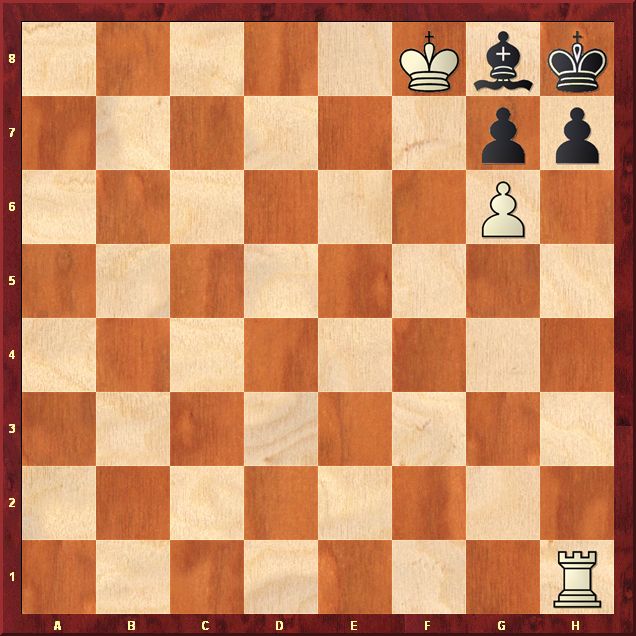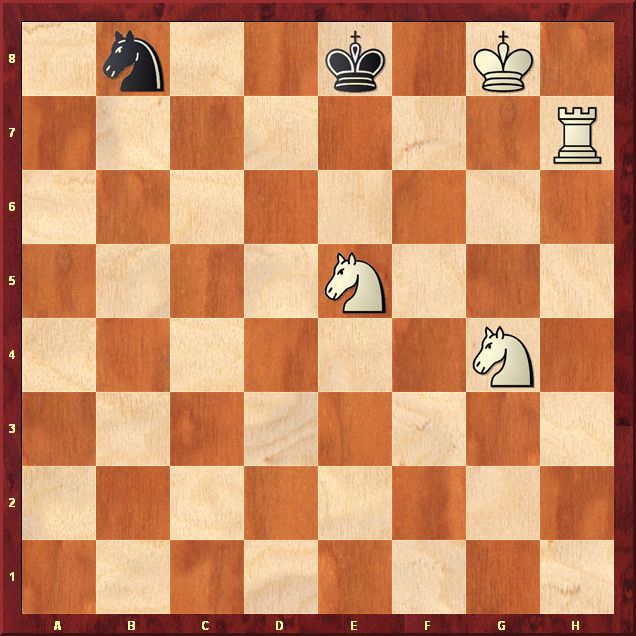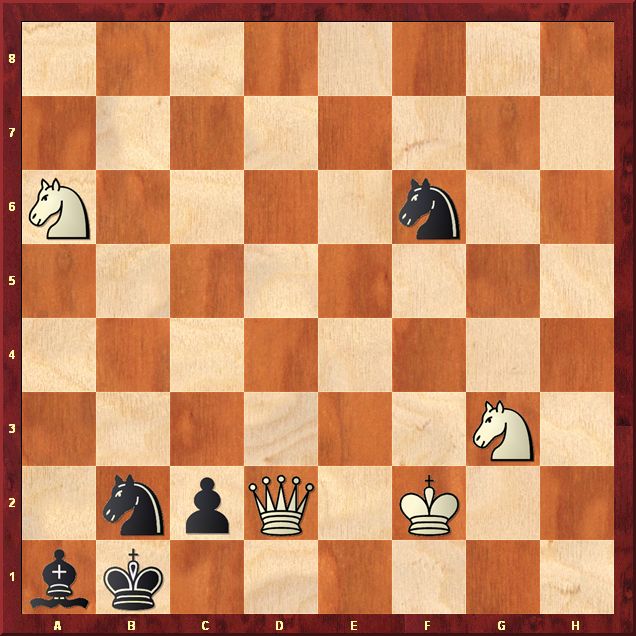Chess Puzzles: The Art of Zugzwang
The action on the chessboard is in the moves and chess players are eager to make them. But sometimes they would rather stay put, skip a move, go for a walk and never come back. The dreaded word "zugzwang" crosses their mind and they know they are in trouble.
Zugzwang is a German word and, according to chess historians, it was introduced into English in 1904 by the world champion Emanuel Lasker.
What does it mean being in zugzwang? In simple terms, you have to move and you don't want to. Every move you make leads to a worse position and often to an outright disaster. You see it mostly in the endgame, sometimes in the middlegame and never in the opening. It flourishes in chess compositions - in chess problems and endgame studies.
We give three examples of the zugzwang theme. Try to solve them! We will publish the solutions on Monday, June 7.
The first example is a chess problem, in which White mates in two moves. It is attributed to Paul Morphy, an American genius who conquered the chess world in the late 1850s.
Paul Morphy

White mates in two moves
One clear rule of chess is that king against king, with no other pieces, is a draw. It is still a draw if you add two knights to one side. Or is it? The French poet, novelist and playwright, Alfred de Musset (1810-1857), played chess with passion, fantasy and temperament in the Cafe de la Regence in Paris. He became famous, but not as a chess player.
In 1849 he composed and published a wonderful chess problem that turned the theory about two knights upside down, as if to prove that almost every strategical and tactical rule in chess has its exception. The solution to his three-mover, based on zugzwang, is remarkable.
Alfred de Musset

White mates in three moves
The theme of dominating knights appeared in the work of the Latvian chess composer Johann Sehwers (1868-1940), also known as Janis Zevers. He was a prominent linguist and literary historian and his collection of 64 endgame studies, "Endspielstudien," was published in Germany in 1922. Try to find out how white wins in Sehwers's amusing study.
Johann Sehwers

White wins
To all those, who welcomed me back, many, many thanks! We plan to run the column twice a month. Chess puzzles will appear separately every two weeks.
No comments:
Post a Comment